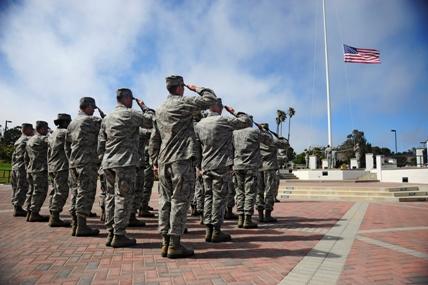Some of the terminology used during your transition process may seem confusing. For example, do you know the difference between separating and being discharged? The following terms and definitions will help you understand the process and what to expect.
Discharge: Complete severance from all military status gained by the enlistment or induction concerned.
Separation: A general term that includes discharge, release from active duty, release from custody and control of the Armed Forces, transfer to the Individual Ready Reserve, and similar changes in active or reserve status.
Transition Benefits: Benefits provided to assist Service members during the transition process. Eligibility for certain types of transition benefits will depend on the nature and characterization your discharge.
Discharge: Complete separation from all military status gained by the enlistment or induction concerned.
Separation: A general term that includes discharge, release from active duty, release from custody and control of the Armed Forces, transfer to the Individual Ready Reserve, and similar changes in active or reserve status.
Transition Benefits: Benefits provided to assist service members during the transition process. Eligibility for certain types of transition benefits will depend on the nature and characterization discharge.
Transition GPS: Transition GPS (Goals, Plans, Success) is the Transition Assistance Program's outcome-based, modular curriculum with standardized learning objectives. It transforms the way the military prepares Service members transitioning to civilian life to pursue their post-Service career goals. Transition GPS includes a core curriculum and individually chosen modules on education, career technical training, and entrepreneurship. Ultimately, Transition GPS is designed to build skills to allow Service members to depart "career ready" and meet mandatory Career Readiness Standards (CRS), regardless of their branch of Service.
Career Readiness Standards: Career Readiness Standards (CRS) are the Department of Defense's tangible measures of a Service member's preparedness for a civilian career. They are a set of common and specific standards and associated products, based on Service member determined goals, that must be achieved to demonstrate the Service member is prepared to pursue post-separation goals. CRS capitalize upon the skills and experience Service members gained during military service and are aligned to employment or technical training and education competency areas. They ensure that Service members depart Active Duty prepared with the appropriate skills and knowledge to posture a successful transition.
Military Life Cycle (MLC) Transition Model: The Military Life Cycle (MLC) Transition Model embeds a Service member's transition preparation throughout their military career. Service members will have various key 'touch points' throughout their MLC which will provide them opportunities to align their military career with their civilian goals. They will be made aware of the Career Readiness Standards (CRS) they must meet long before their intended separation and remain engaged throughout their military careers in mapping and refining their individual development to achieve their military goals and their post-military goals for employment, education, career technical training, or starting their own business. This enables transition to become a well-planned, organized progression that empowers Service members to make informed career decisions and take responsibility for advancing their personal goals.












